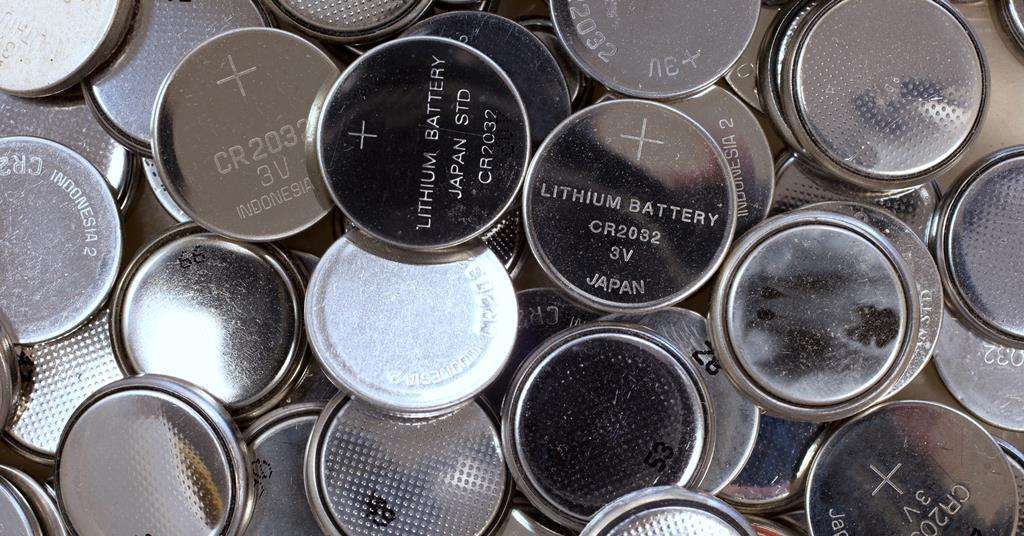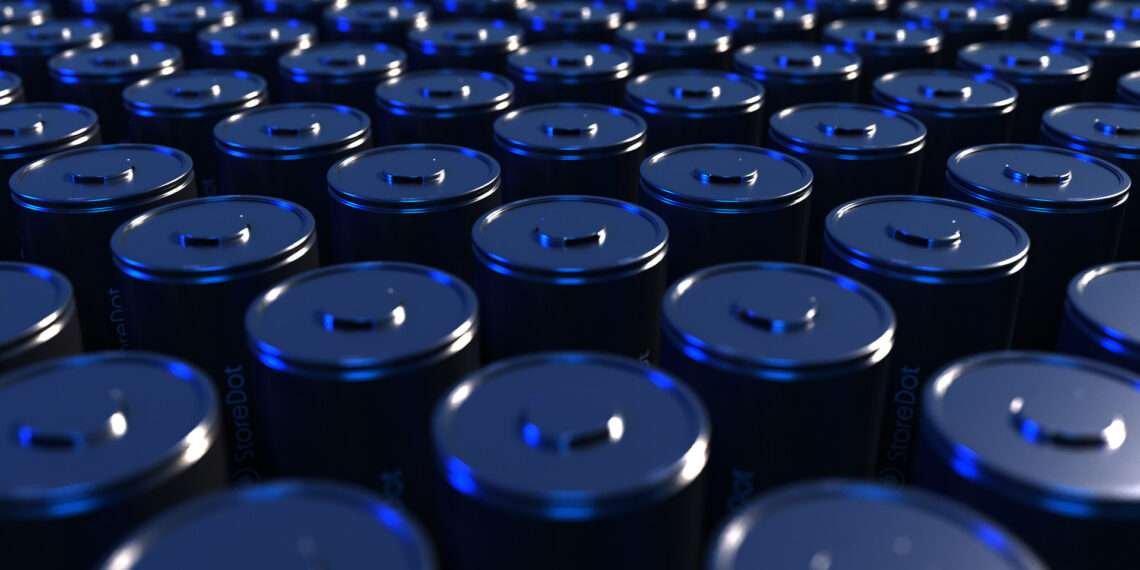Goldman Sachs Group Inc. has stated that the price of three key battery metals— cobalt, lithium and nickel— will slide downwards over the subsequent two years after buyers wanting publicity to the green-energy transition piled in too shortly.
Goldman analysts Nicholas Snowdon and Aditi Rai said in a note on Sunday, May 29, 2022, that investors are fully aware that battery metals will play a crucial role in the 21st century global economy. “Yet despite this exponential demand profile, we see the battery metals bull market as over for now,” they added.
The fast adoption of electric vehicles is one of the main reasons that the long term prospects for the metals remain strong, according to Goldman. However, the oversupply of these electric autos has been caused by investor exuberance.
The analysts said “there has been a surge in investor capital into supply investment related to the long term EV demand story, essentially trading a spot driven commodity as a forward-looking equity”. Accordingly, “That fundamental mispricing has resulted in an outsized supply response well ahead of the demand trend,” the analysts said.

Sharp Correction in Battery Metal Prices
Based on Goldman Sachs projections, there will be a sharp correction in the lithium price, with the metal averaging under $54,000 a ton this year, down from a spot price of over $60,000. The financial institution also said that it will fall to an average of just over $16,000 in 2023.
Likewise, cobalt will probably drop to an average of $59,500 a ton next year, from roughly $80,000 now. The analysts predicted that the price of nickel is likely to go up nearly 20 per cent over the rest of the year to $36,500 a ton before fundamental pressures drive it lower. That notwithstanding, costs may rise further after 2024, they added.
“This phase of oversupply will ultimately sow the seeds of the battery materials super cycle over the second half of this decade. The demand surge will more sustainably overcome current supply growth.”
Goldman
The bank said that this phase of oversupply will eventually sow the seeds of the super cycle of battery materials over the second half of the decade. The demand surge will be more sustainable than current supply growth.
Demand for battery metals is expected to increase substantially by 2030 and exceed projections, especially lithium, according to International Energy Agency’s energy Analyst Leonardo Paoli.
Under the IEA’s Announced Pledges Scenario, or APS, based on existing climate-focused policy pledges and announcements, electric vehicles are presumed to represent more than 30 per cent of vehicles sold globally in 2030 across all modes.
To reach this, global battery capacity will need to expand, with Paoli noting that, today the world was manufacturing around 340 GWh/year of batteries and by 2030, the requirements would be roughly 10 times higher to produce that amount of batteries needed, requiring full output from around 100 gigafactories.
According to the APS, the supply of some minerals such as lithium will need to increase by up to one third by 2030 to match the demand for EV batteries to satisfy global pledges and announcements.





















